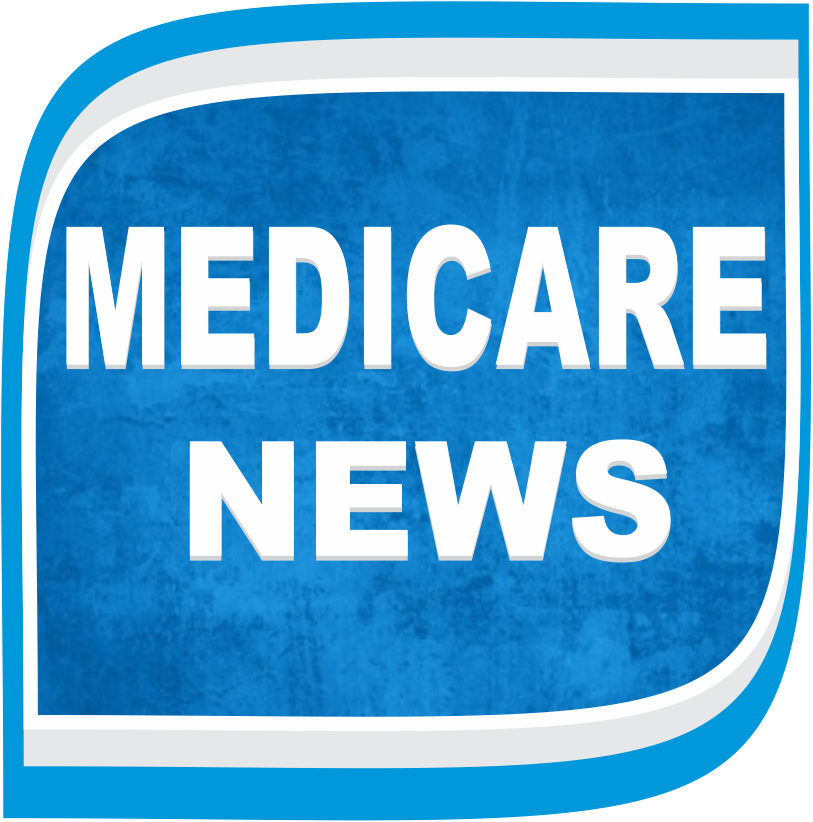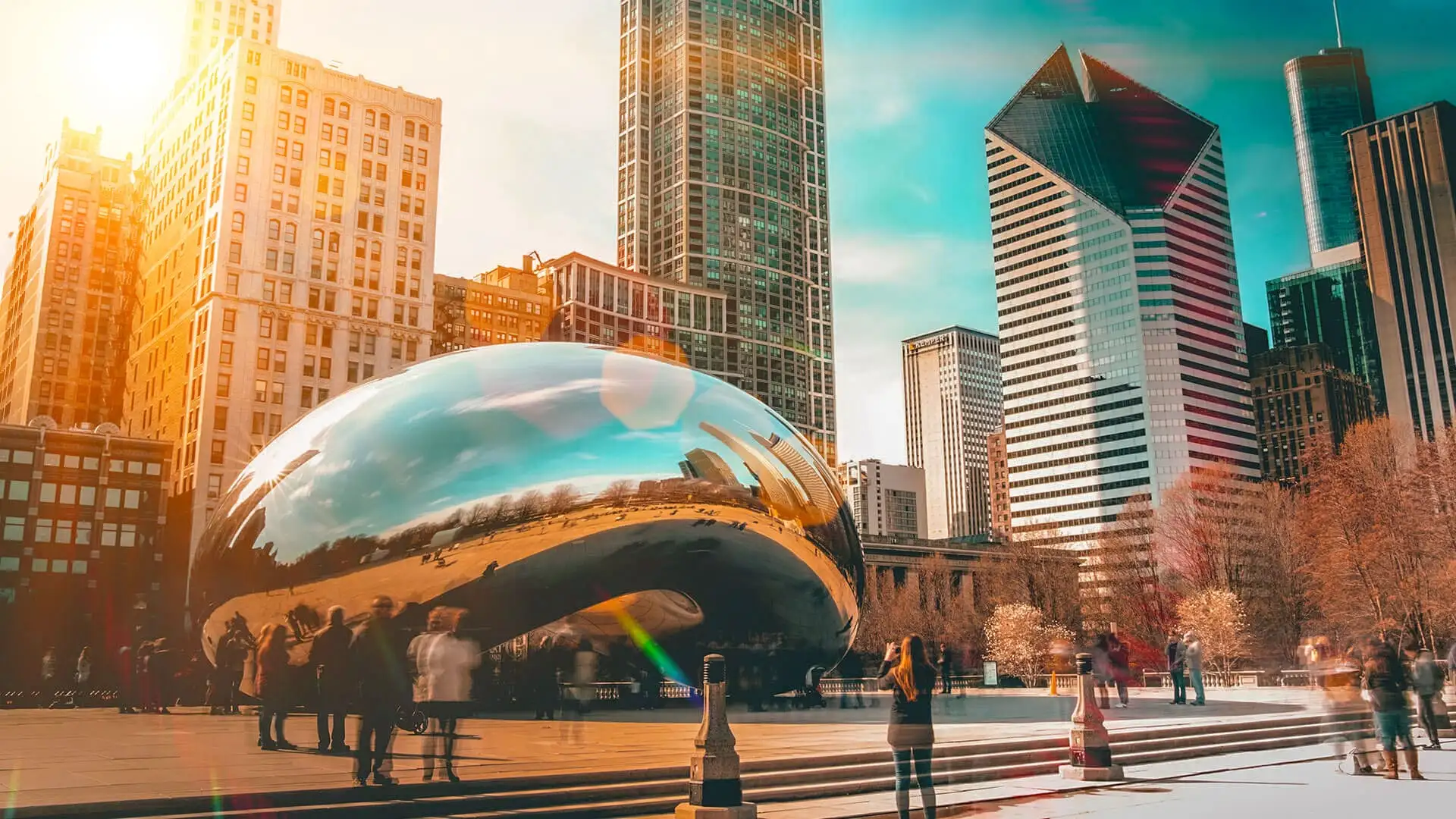
Q: We are engaged in manufacturing and trading of various drugs under the valid license. Kindly advise us, with the help of relevant provisions of “Drugs and Magic Remedies (Objectionable Advertisements) Act, 1954, the ways to promote the advertisements of Drugs.
-Rajiv Sharma
A: Section 3 of Act deals with the prohibition of advertisement of certain drugs for the treatment of certain diseases and disorders. The said section prohibits a person from taking the part in publication of any advertisement referring to any drug in terms which suggest or are calculated to lead to the use of that drug for- the procurement of miscarriage in women or prevention of conception in women; or the maintenance or improvement of the capacity of human beings for sexual pleasure; or the correction of menstrual disorder in women; or the diagnosis, cure, mitigation, treatment or prevention of any disease, disorder or condition specified in the Schedule, or any other disease, disorder or condition (by whatsoever name called) which may be specified in the rules made under this Act. However, Section 4, subject to other provisions of the Act, prohibits a person from taking the part in such publication if the advertisement contains any matter which directly or indirectly gives a false impression regarding the true character of the drug or makes a false claim for the drug, or is otherwise false or misleading in any material particular.
In brief, it can be said that section 3 of the Act prohibits the advertisement of certain drugs for treatment of certain diseases and disorders which have been given therein. The number of these diseases and disorders are over fifty as per schedule of the Act & Rules including Diseases and disorders of the brain, Heart diseases, High or low blood pressure, stature of persons, Cancer, Blindness, Deafness, Dropsy, Leucoderma, Paralysis and many more. Therefore, when this provision is violated by a manufacturer or any other concerned person, the authorized officer empowered under the act only can proceed against violator. In general, the purpose of this provision is to discourage the self-medication and self-treatment arises among the public. In case of GMT Teleshopping Private Limited vs Union of India and others (15.04.2013-BOMHC), as per the communications of authorities, the channels were directed to stop the telecasting of the advertisements of product “STEP-UP Body Growth Formula” manufactured by M/s. Siddhi Vinayak Herbals to prevent the self medication and self treatment. The advertisements profess that the drug will help in treatment of the condition of “stature of persons” fall under the serial number 47 of schedule. Therefore, the direction to stop the advertisement of the said product was confirmed as justified in the Petition and petition was rejected by the higher court.

On the other hand, section 4 turns down the activities of the publication of any advertisement relating to a drug if the advertisement leads to a false or misleading impression regarding the true character of the drug. The purpose of this is to save the people from such drugs which may cause to mislead or false impression due to such advertisement. In the case of Dipankar and Ors . vs . State of Maharashtra (17.12.2002-BOMHC), the question was whether “selling Nagmani by chanting Mantra and Tantra to people against the money is covered under the definition of Magic Remedy ?”. In the case, Prosecution of the accused under Sections 4, 5 and 7 was further held not illegal or unjust. The applicants had published advertisement in the inner pamphlets relating to the stone or drug, which prima facie appears to be false or misleading in any manner. In view of this situation, it was held that it is difficult to accept the submission of the applicants that prima facie, no offence has been made out under Sections 4, 5 read with 7 of the Act. It was held that there is no merit in this Criminal Application and accordingly Criminal Application was dismissed.
Additionally, one more provision restricts the promotion of advertisements which refer to the magic remedies or drug for the treatment of certain diseases and disorder as indicated in above case also.
On such issues, the manufactures, promoters of advertisements and other concerned people should be aware about the complications and should design their promotional material in that way as to avoid the disturbances in their business. Since in some cases, due to the lack of proper investigations the complaints were made and subsequently proceedings were quashed by the Higher Court. As in the case of “The State of Karnataka vs. R. M . K . Sivasubramanya Om (25.01.1978- KARHC), based on an advertisement published in a news paper, the raid was conducted at a hotel and several wrapped tins and bottles were seized marked as contained drugs referred to cure the Tuberculosis and to increase the capacity of human being for sexual pleasure. During the trial, accused denied the involvement in the said advertisement, hence the court acquitted the accused, which was further confirmed by the higher court dismissing the appeal of the “state” stating that it is not possible to say that by keeping articles in the possession in hotel room, he had got any advertisement published which may attract the proviso of section Section 3 (b) & (d). Also, in the case of Anand Mohan Chhaparwal and etc . vs . State and another (03.08.1995 – BOMHC), it was held allowing the petitions that Section 3 (b) will not be attracted unless advertisement creates impression that drug is calculated to lead to the use of same for sexual pleasure. The advertisement in question deals with only the beauty of the men and speaks nothing about sexual pleasure of the men in order to attract the application of said Section of the Act.
The offence punishable under this Act is cognizable and whoever contravenes any of the provisions of the said Act or the rules made thereunder, on conviction, shall be punishable with imprisonment which may extend to six months, or with fine, or with both; and on subsequent conviction to one year, or with fine, or with both.
Therefore, in view of the above, while choosing the ways to promote the advertisements of Drugs you should keep above points in your mind.
Dr. Javed Hasan, Advocate
(from New Delhi)
For, Drugs & IPR Laws
+91-9818522970
Email : info@alfauniversallaw.com








